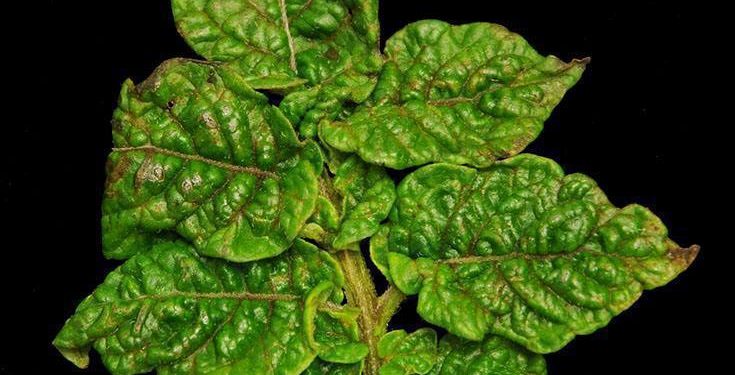Potato is one of the essential crops globally and a significant source of food and income for many farmers. However, the growth of the potato industry is hindered by various factors, one of which is the potato mycoplasma. In this article, we will discuss the potato mycoplasma and its impact on potato production.
Potato mycoplasma is a bacterial disease that affects potato plants, causing stunting, yellowing, and reduced yield. According to recent studies, potato mycoplasma can cause a yield loss of up to 80%, depending on the severity of the infection. The disease is caused by phytoplasmas, which are small bacteria that infect plants’ phloem tissue and disrupt nutrient transport.
The potato mycoplasma is transmitted by insects such as leafhoppers and psyllids, which feed on the plant’s phloem tissue. Once a plant is infected, it becomes a source of infection for neighboring plants, which can lead to the spread of the disease throughout the entire field. There is no cure for potato mycoplasma, and the best way to control it is through preventive measures such as the use of disease-free seed potatoes, controlling insect vectors, and crop rotation.
The impact of potato mycoplasma on potato production can be significant, both in terms of yield and economic losses. According to the United States Department of Agriculture (USDA), the disease can cause an annual economic loss of up to $25 million in potato production in the United States alone.
In conclusion, potato mycoplasma is a serious threat to potato production and can cause significant losses for farmers. Preventive measures such as the use of disease-free seed potatoes, controlling insect vectors, and crop rotation are crucial in managing the disease. It is essential to stay informed about the latest research and technologies to prevent and manage potato mycoplasma effectively.








